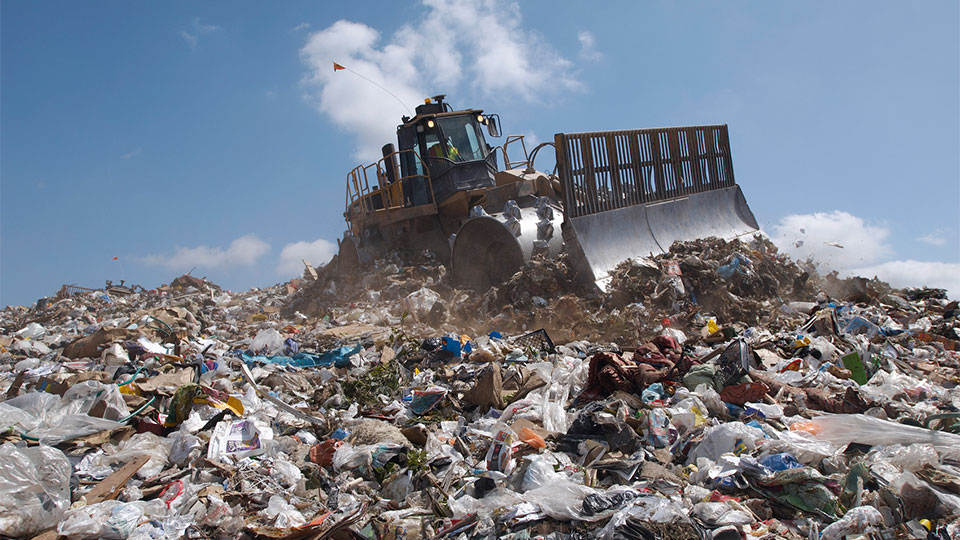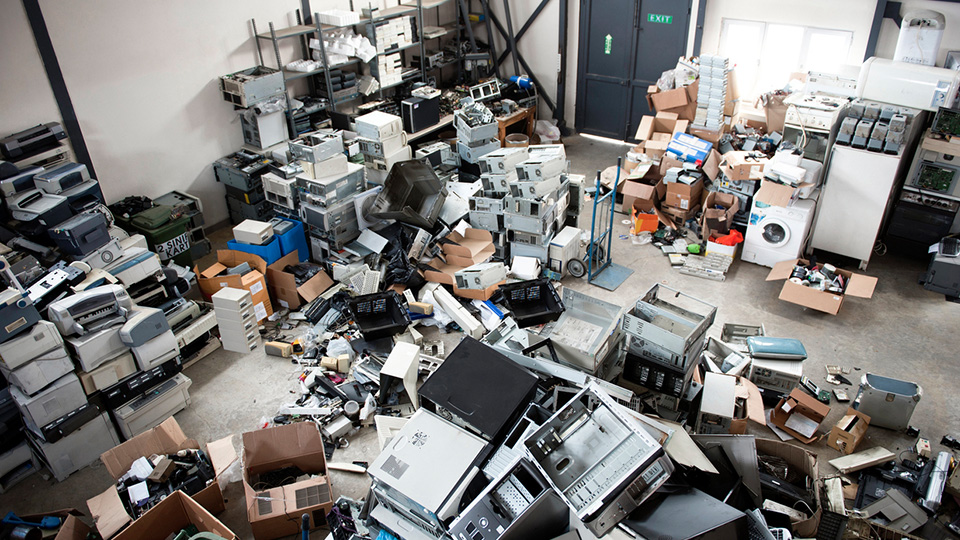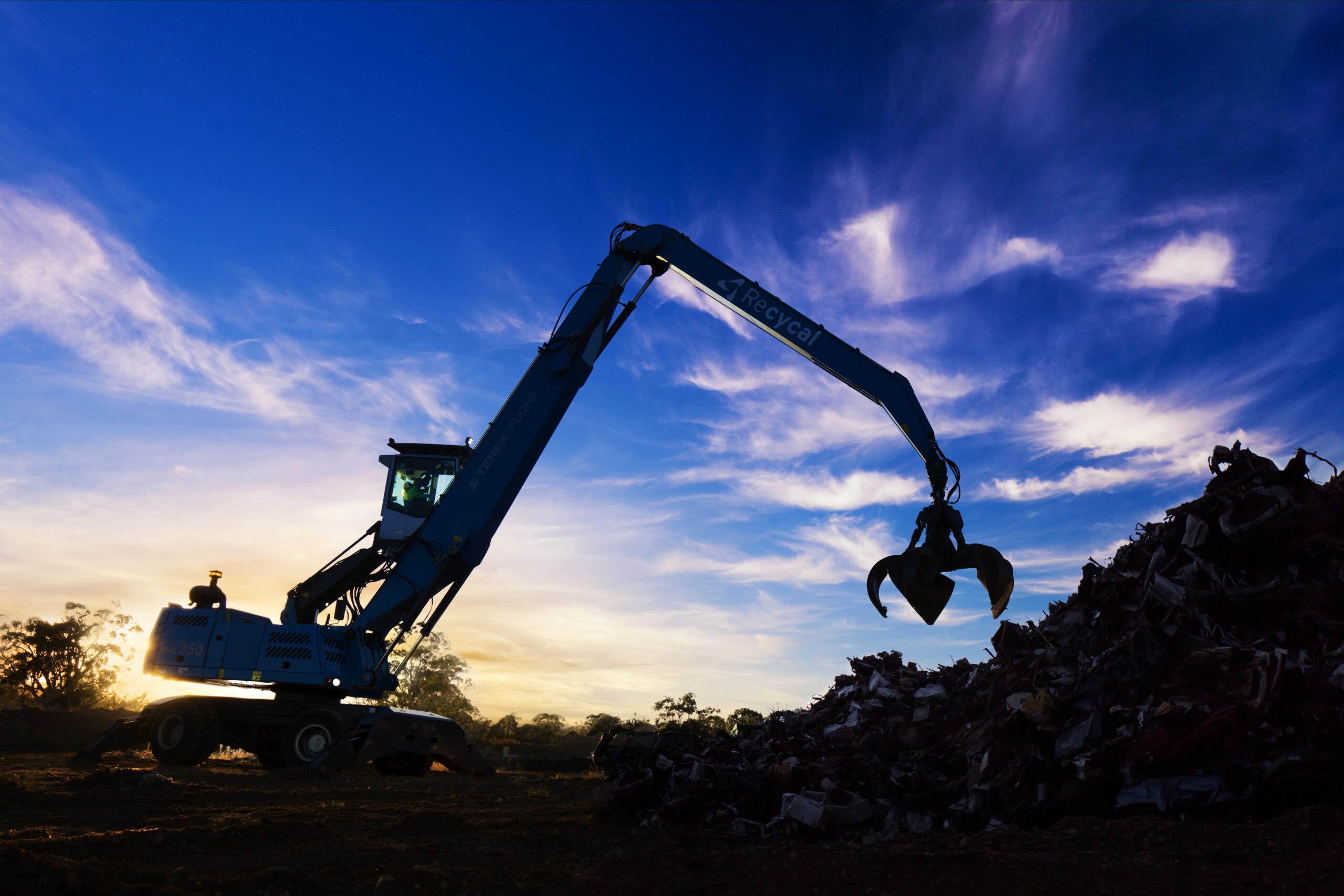Without a doubt the impact of e-waste continues to grow with its significant impact on the environment. Indeed, only 12% of the nation’s computers are recycled. At this time, Australia is the fourth highest generator of e-waste per capita in the world. Poorly managed e-waste means heavy metals and hazardous waste such as lead, mercury, cadmium, and brominated flame retardants leak into the environment. Clearly, the risks of data leaks are also increased if the device’s storage aren’t carefully treated.
The National Waste Report 2022 reveals that of the 500,000 tonnes of e-waste in Australia in 2020-21, 54 per cent was sent to recyclers. 35 per cent of the materials inputs were recovered. It should be noted that two new categories of e-waste are under new scrutiny. Photovoltaic systems, and small household appliances.
The Federal Department of Climate Change, Energy, the Environment and Water (DCCEEW) has been tasked to regulate these categories of e-waste by June 2025. Importantly, they have engaged e-waste industry stakeholders in a series of pre-consultation papers, and online webinars for feedback. Public consultation will also help inform the overall scheme design.
New Frameworks for e-waste
New legal and regulatory frameworks on e-waste management will emerge. Including an e-stewardship regulatory framework. Furthermore, organizations must understand their potential legal risks and ensure they develop effective e-waste management strategies. These include staff training and documentation. Importantly, consumers expect businesses to comply with the emerging ESG standards on e-waste.
A new category of e-waste for small household appliances will include toasters, irons and kettles. This will more than double the volume of regulated waste in Australia. Zoltan Sekula from Ecocycle, believes, “An expanded e-waste scheme will require significant investment in infrastructure to collect and recycle the increased volume that will be regulated by government. “Importantly Ecoe-waste has made those investments. “As a recent new member of the NTCRS we are a specialist recycling company that has the national coverage to pick up, process and sort all e-waste arisings. This provides a comprehensive range of materials that are suitable for a range of recycling processes”.
Currently the NTCRS collects e-waste from televisions, computers, computer parts and peripherals. In 2020-21 the NTCRS collected and recycled 50,500 tonnes of e-waste with recovery rates of more than 90 per cent achieved.
The NTCRS
Furthermore, under the current NTCRS, those businesses who cause electrical and electronic equipment to be sold in Australia, have a liability to recycle a volume of e-waste. These businesses are referred to as Liable Parties. The volume they will be required to recycle is based on collected government import data to which local manufacturing is added.
The Liable Party pays an approved service provider (a Co-reg or Co-regulatory arrangement), to carry out collection and recycling of e-waste. Mandatory annual reported confirms what volumes have been collected and recycled. For clarity volume is reported in weight, not a volumetric measure. It is logical to expect the expanded scheme to include small appliances will be an identical model.
Ecoe-waste, part of the Ecocycle group of companies is one of the five companies approved under the NTCRS. Significant investment has been undertaken in the last 12 months to improve its distribution, collection, and recycling service of e-waste.






